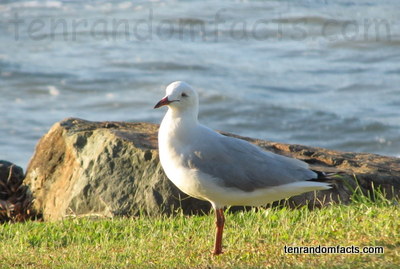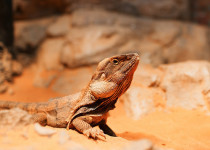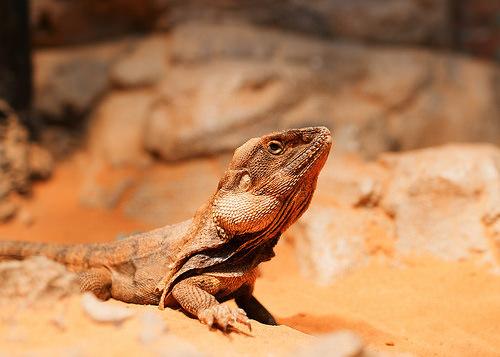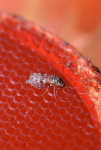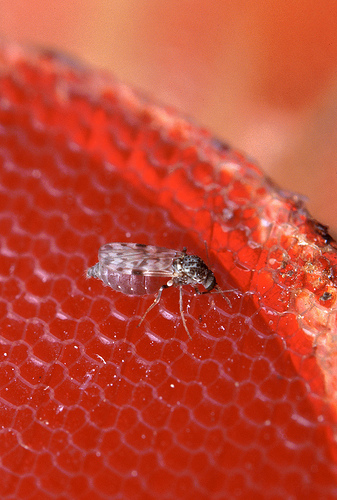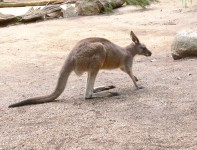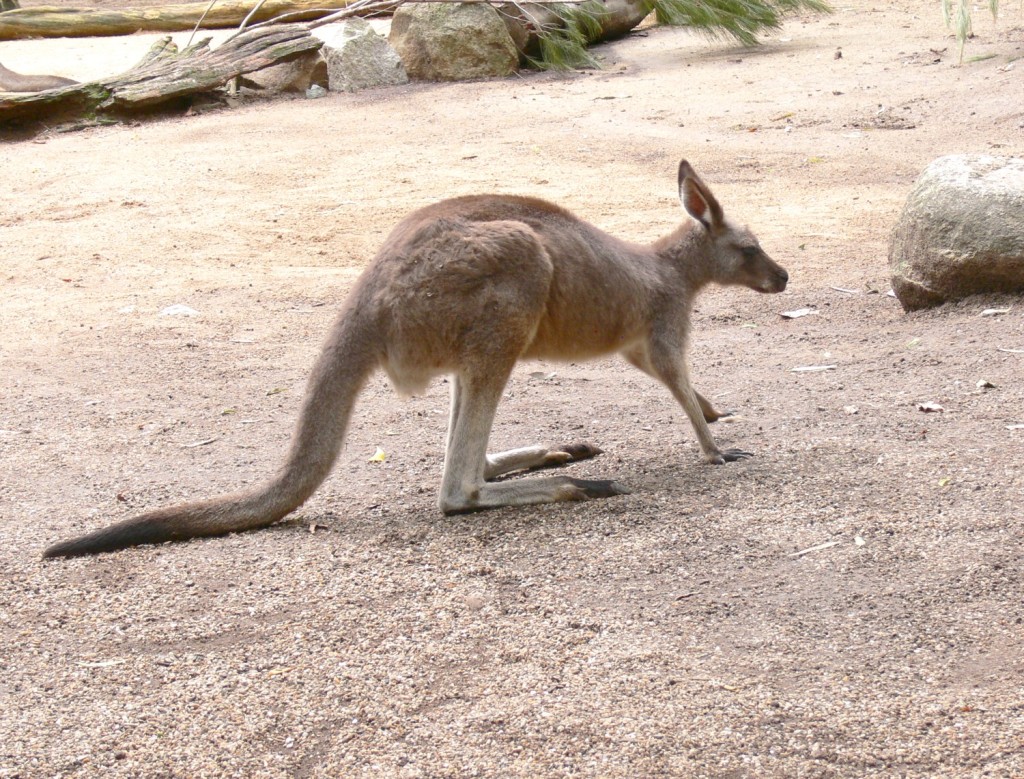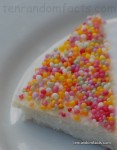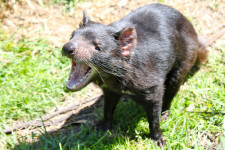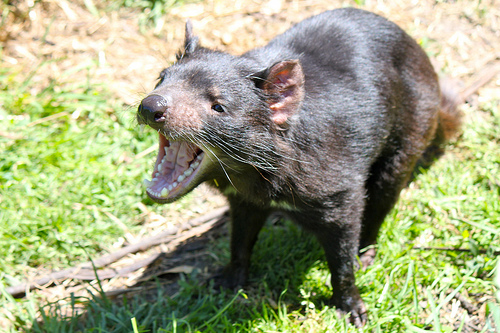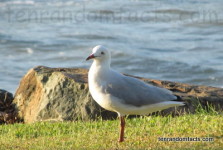
It’s the survival of the scavengers when it comes to silver gulls.
- Silver gulls are a species of seagull native to coastal areas in Australia, as well as New Zealand and New Caledonia in the South Pacific Ocean.
- The scientific name of a silver gull is Chroicocephalus novaehollandiae, and it is from the family Laridae, the family of gulls, although it was previously part of the Larus genus and known as Larus novaehollandiae.
- Silver gulls are also known as ‘red-billed gulls’, ‘sea pigeons’ and simply as ‘seagulls’.
- The feathers of silver gulls range from white to grey in colour, with some parts of their wings coloured black, and they have a red beak, as well as a red ring around their eyes.
- Silver gulls grow to be 38 to 45 centimetres (15 to 18 inches) in length, with a wingspan of approximately 91 to 96 centimetres (36 to 38 inches), and they generally weigh between 260 to 350 grams (9 to 12 ounces).
- The call of a silver gull is loud and it typically makes a ‘kwarwh’ or similar sounding noise.
- The diet of silver gulls consists primarily of fish, insects, worms and crustaceans, as well as scraps scavenged from waste piles, and they are especially common around rubbish dumps.
- Silver gulls build nests low to the ground, mostly from vegetation, and the female will typically produce an average of three eggs, which hatch after three to four weeks, and the grey-brown coloured young are raised by both parents.
- Populations of silver gulls have increased significantly since the 1950s as a result of the large quantities of food waste that Australians now produce, and they have become so common that they have become a pest in some areas, and they are also impacting the breeding of other bird species.
- Silver gulls are opportunists and are known to boldly wait for humans to drop food in parks or beach areas; and they have also been observed to have kleptoparasitic behaviour, where they steal food from other birds or animals.
Bibliography:
Silver Gull (Chroicocephalus novaehollandiae), n.d, Wildscreen Arkive, http://www.arkive.org/silver-gull/larus-novaehollandiae/
Silver Gull, 2012, Birdlife Australia, http://birdlife.org.au/bird-profile/Silver-Gull
Silver Gull, 2015, Wikipedia, https://en.wikipedia.org/wiki/Silver_gull




